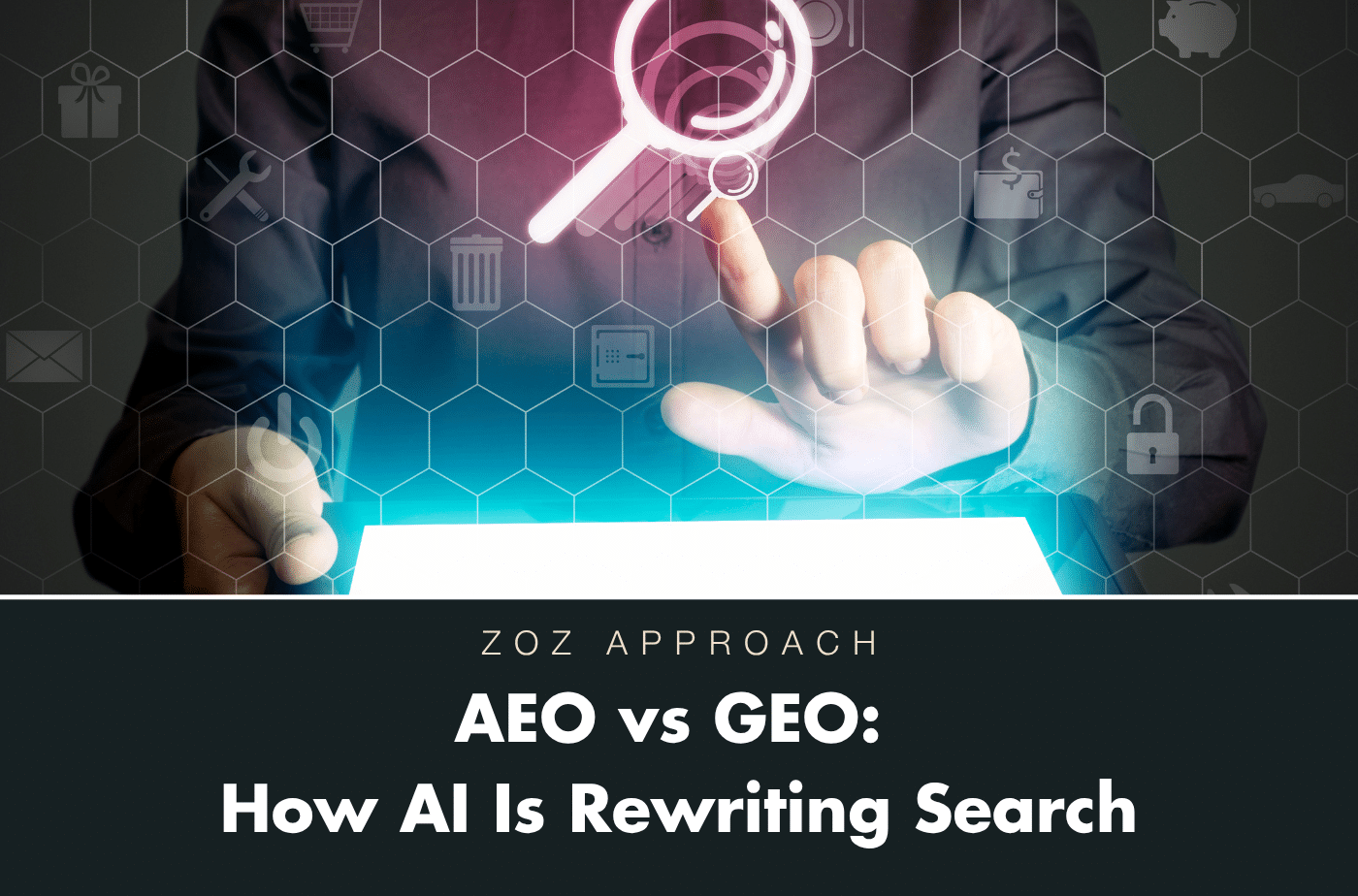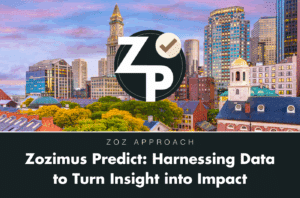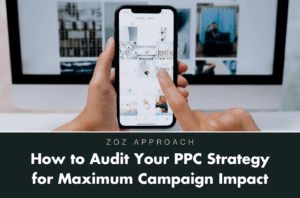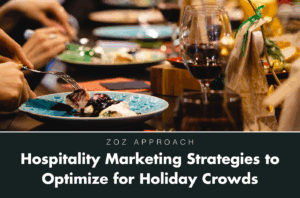Search behavior is shifting under our feet. Traditional SERPs, once dominated by blue links and organic rankings, are being reshaped by answer engines and generative AI. Tools like ChatGPT, Perplexity, and Claude now handle more than 85 million searches a day, 1% of global query volume, captured in barely a year.
Meanwhile, Google is accelerating its own transformation. AI Overviews now appear in over 20% of desktop searches, drastically altering user behavior. When they show up, the top organic result can lose more than a third of its click-through rate, with total SERP engagement dipping by an additional 15%. The implications for marketers are clear: ranking isn’t the finish line anymore—being included in the AI-generated answer is.
Two New Disciplines Are Emerging
In response to this shift, two disciplines are redefining how marketers approach visibility: Answer Engine Optimization (AEO) and Generative Engine Optimization (GEO). Each plays a unique role in shaping how your brand appears, or doesn’t, inside AI-powered environments.
AEO focuses on earning citations and links within direct answers provided by tools like ChatGPT or Google’s AI Overviews. It’s built around structured content, FAQ frameworks, and question-driven clusters designed for precision and clarity. Metrics like citation count and referral traffic from AI platforms become the new performance benchmarks.
GEO, on the other hand, is about influence—not just appearance. It aims to shape how large language models interpret, summarize, and reframe a topic. This discipline leans into long-form, high-authority content, enriched with clear attribution, structured metadata, and prompt-testing to monitor how models paraphrase and present your message.
In short: AEO is about being found. GEO is about being understood.
Why B2B Brands Can’t Afford to Sit This Out
For B2B brands, this isn’t a theoretical exercise. It’s already affecting traffic, engagement, and conversion.
Brands actively implementing AEO strategies are seeing 23% higher overall search visibility compared to their SEO-only peers. More importantly, visitors arriving via AI citations convert 12–18% better than traditional organic traffic, likely because AI answers are surfacing your content at the precise moment of high-intent need.
And while marketers may still be calibrating for AI-driven search, users aren’t waiting. Nearly half of all publishers now report declining Google traffic as readers turn to AI summaries instead of clicking through. According to Bain & Company, 30% of users already prefer an AI-generated answer for the majority of their searches.
This is no longer optional. It’s evolution in progress—and early movers are reaping the benefits.
Where GEO Takes Over
Answer engines quote. Generative engines compose. And the difference matters.
To influence generative output, whether in ChatGPT, Gemini, or SGE, your content needs to offer more than relevance. It needs depth, authority, and clarity.
That starts with authoritativeness: establishing deep topical knowledge that large language models will consistently favor. It also requires explainability, offering clearly sourced claims and annotated data that models can reuse or reference with confidence. Finally, there’s alignment testing: regularly prompting AI tools to assess how they represent your brand and refining content until the right narratives stick.
Pages that apply these principles, with schema, linked sources, and entity-rich formatting, are already seeing a 42% higher citation rate inside generative responses.
Winning Both Games, Simultaneously
Answer engines and generative models may operate differently, but smart brands are optimizing for both—often with the same content, repurposed strategically.
Start by mapping demand. Mine People Also Ask results, forum threads, and even internal chat logs to build a rich library of question clusters for AEO. Then, complement that with generative gap analysis—prompting LLMs to reveal missing angles, and filling those spaces with authoritative, long-form assets.
Architect your content intentionally. Hub pages with FAQ accordions and structured schema serve AEO well. Pillar posts packed with citations, charts, and downloadable insights fuel GEO’s appetite for context.
From there, optimize your entities. Add @type-rich schema for people, products, and organizations. Link to Wikidata entries, and make sure every image, quote, and link is not only descriptive, but explanatory.
And finally, measure what matters. Track referrals from chat.openai.com, Perplexity, and Bard using custom channels in GA4. Run prompt audits monthly to see how your brand is surfacing, and refine accordingly.
What Great Looks Like in 2025
For mid-market B2B brands, success is starting to look very different from the SEO playbooks of the past.
If your answer-engine citation share for key topics sits around 5%, you’re on the right track. If you’re hitting 15% or more, you’re leading the pack.
Quarter-over-quarter, AI-referral traffic should be growing by at least 20%, and top performers are pushing beyond 40%. Perhaps most telling: conversion rates from AI citations are consistently 10–25% higher than from classic search.
These are no longer outlier stats. They’re benchmarks. And they’re available to any brand willing to optimize differently.
Be Mindful of the Risks
This is a dynamic space, and it moves fast.
LLM outputs are volatile. What earns a citation today might disappear tomorrow. To stay visible, build a diversified presence across engines and platforms.
As more brands adopt AEO and GEO, expect competition for citations to intensify. That makes proprietary data, unique POVs, and brand clarity more critical than ever.
And above all, stay ethical. Follow Google’s AI-content guidelines. Avoid scraping or opaque sourcing. In this new era, credibility isn’t just a ranking factor, it’s a reputation safeguard.
Executive Takeaways
B2B marketers now have two new levers for visibility, and both are essential.
AEO is today’s fastest path to capturing AI-powered attention. GEO lays the groundwork for long-term trust in how LLMs represent your brand.
The most effective strategies blend both: structured Q&A inside deep-dive content, supported by schema, clarity, and prompt-testing discipline.
But measuring impact requires a mindset shift. Traditional SEO tools miss the nuance of AI visibility. Build dashboards that track AI referrals, prompt outcomes, and citation patterns.
And don’t wait. Brands who’ve moved early are seeing a 3.4× traffic lift compared to those still standing on the sidelines.
Where Zozimus Starts
Start with your top-performing B2B content. Layer in a Q&A block targeting five high-intent questions, wrap it with proper schema, and test how it appears in ChatGPT and Perplexity.
Within a quarter, you’ll see measurable growth, not just in visibility, but in conversions from users already primed by AI to trust your expertise.
And if you’re ready to build a content engine that shows up before your prospects even hit “search”, we’re ready to help.
Let’s build the future of B2B search, together.

David Wilson
EVP, Digital Marketing & Performance
David has more than 20 years working in digital marketing, covering in-house for a variety of companies, agencies and running his own digital marketing company. He has worked on Fortune 500 clients in the Pharmaceutical, CPG, Financial Services, and Healthcare verticals.
David brings a passion for proven results to the Zozimus digital marketing team. When asked what he likes about his job, David says that “every day his team has metrics that they are trying to hit for clients. At midnight the scoreboard gets set back to zero and we either hit our goals or we didn’t.”
BOSTON, MARS



